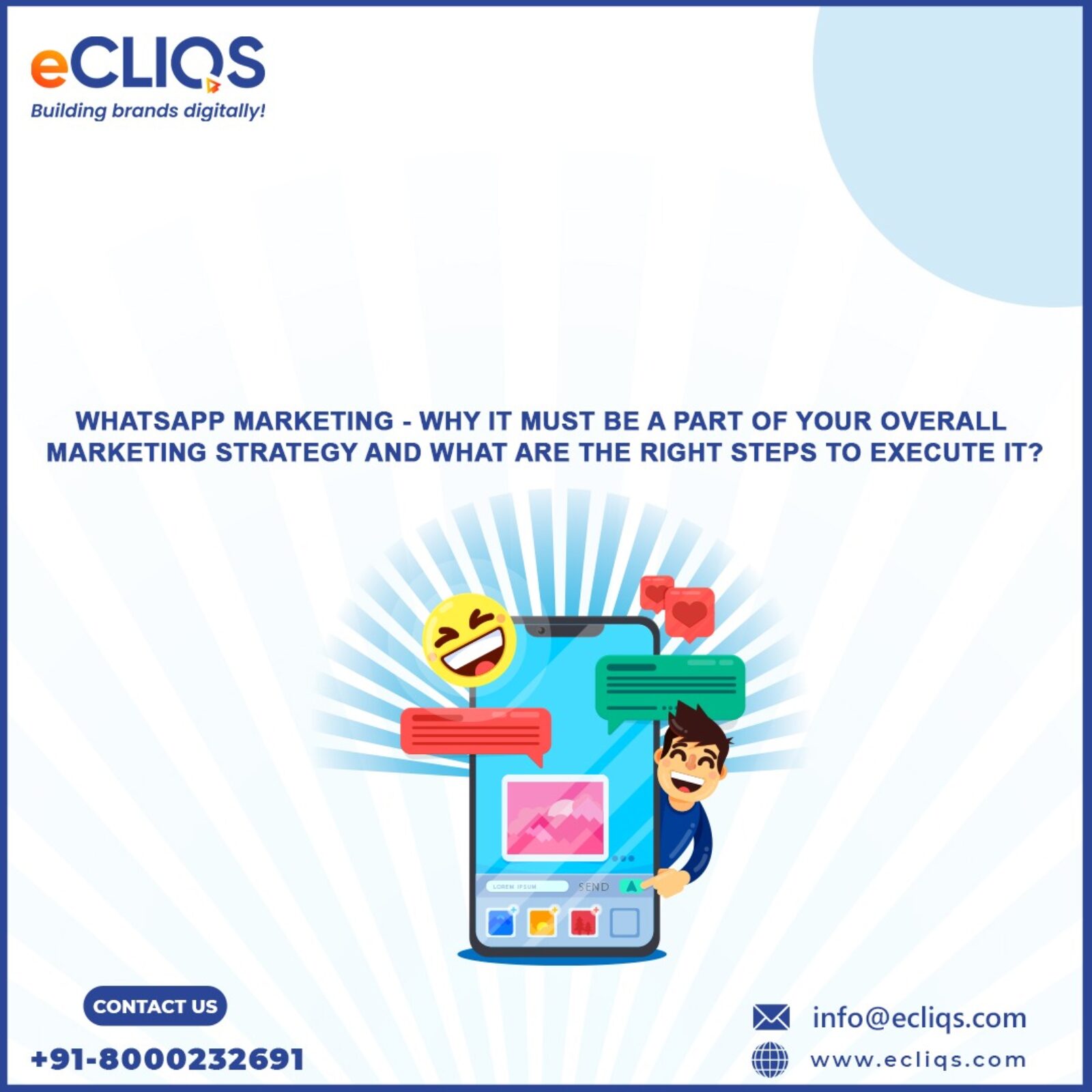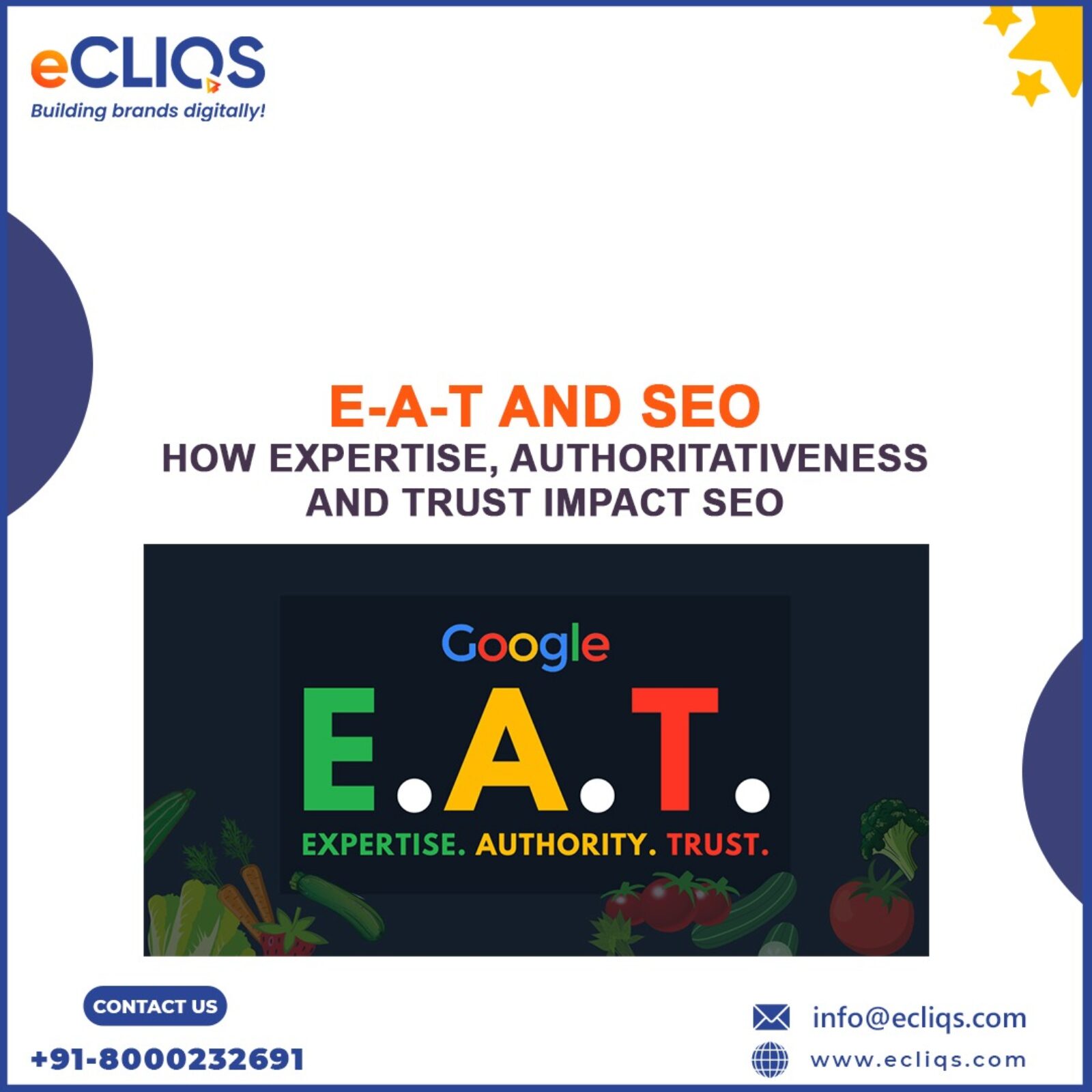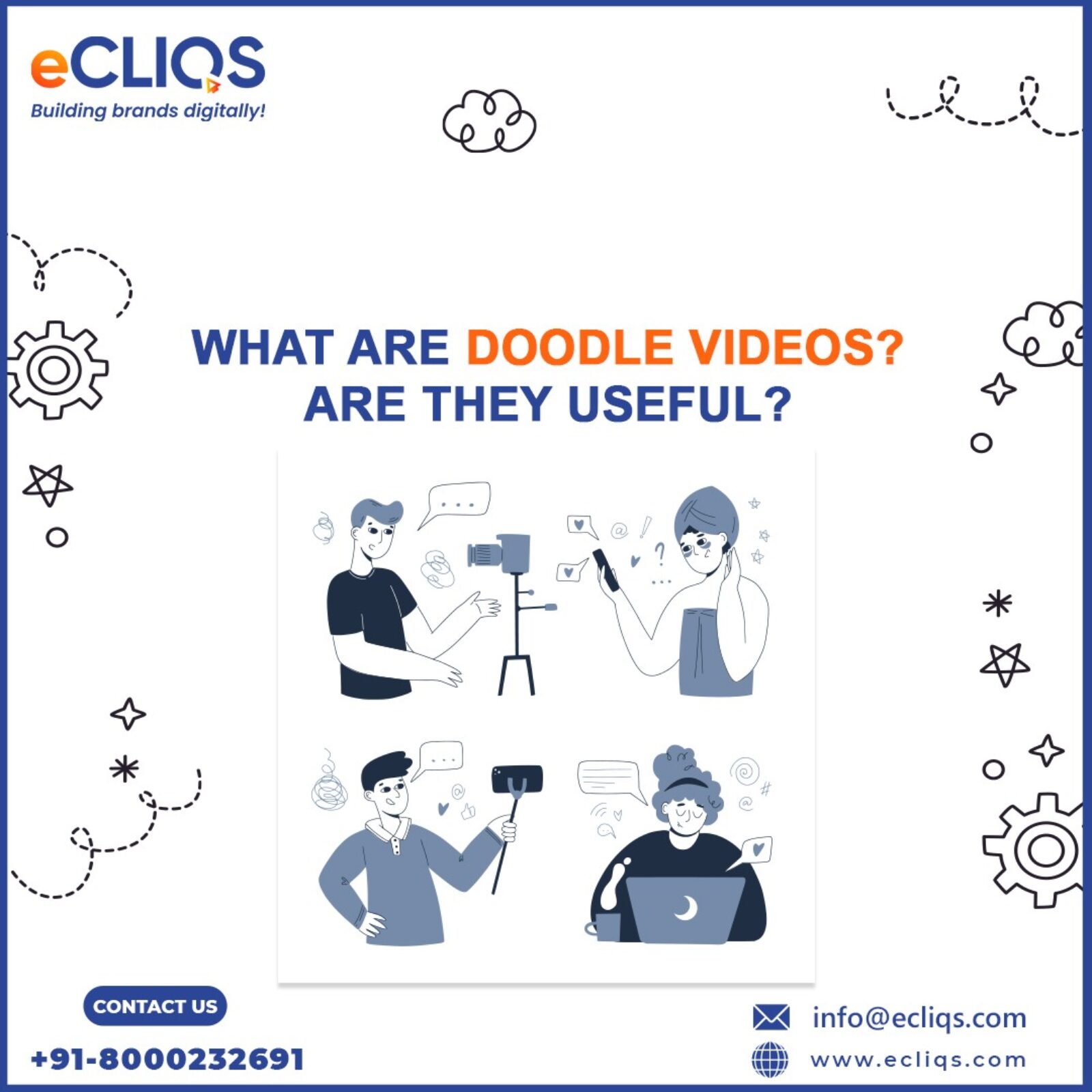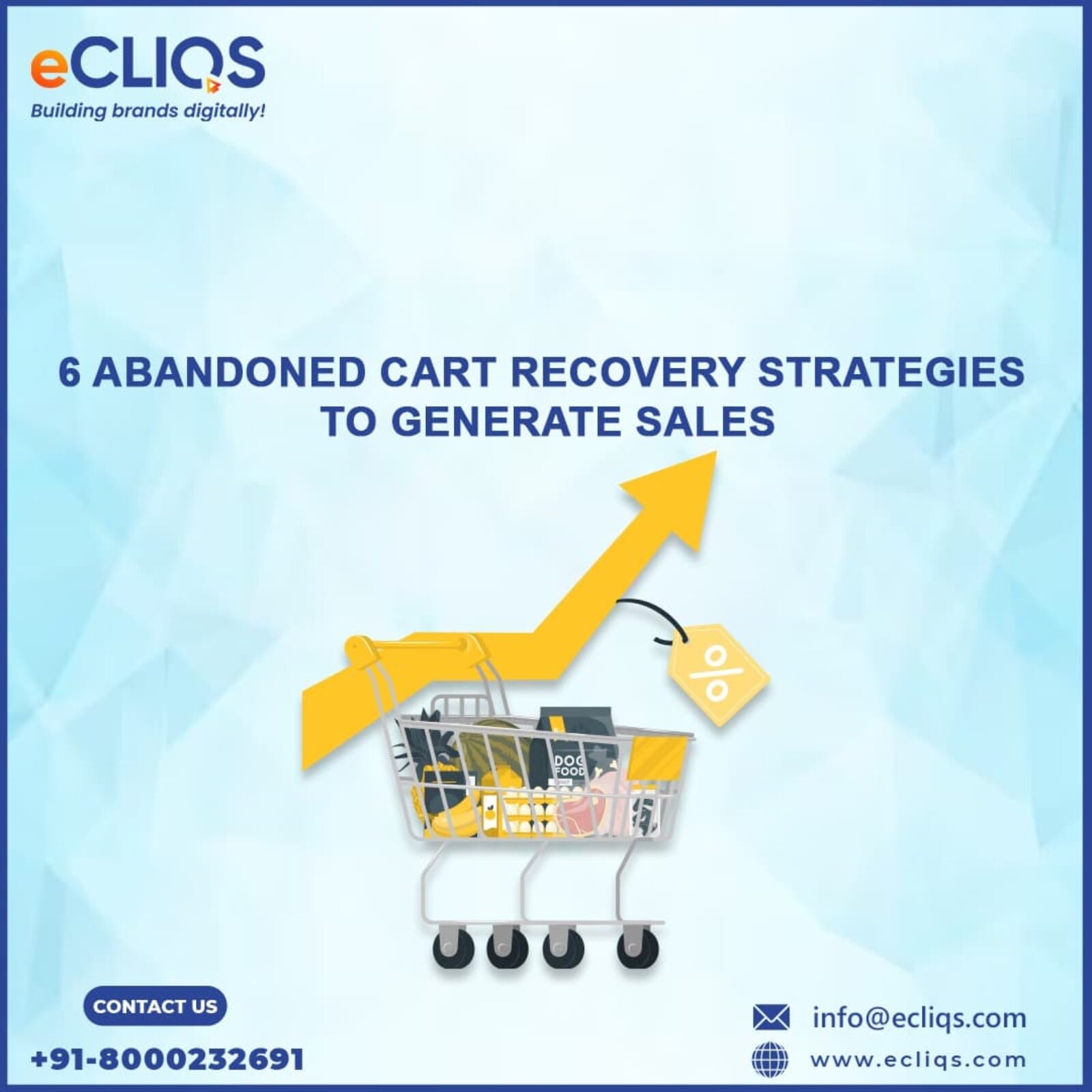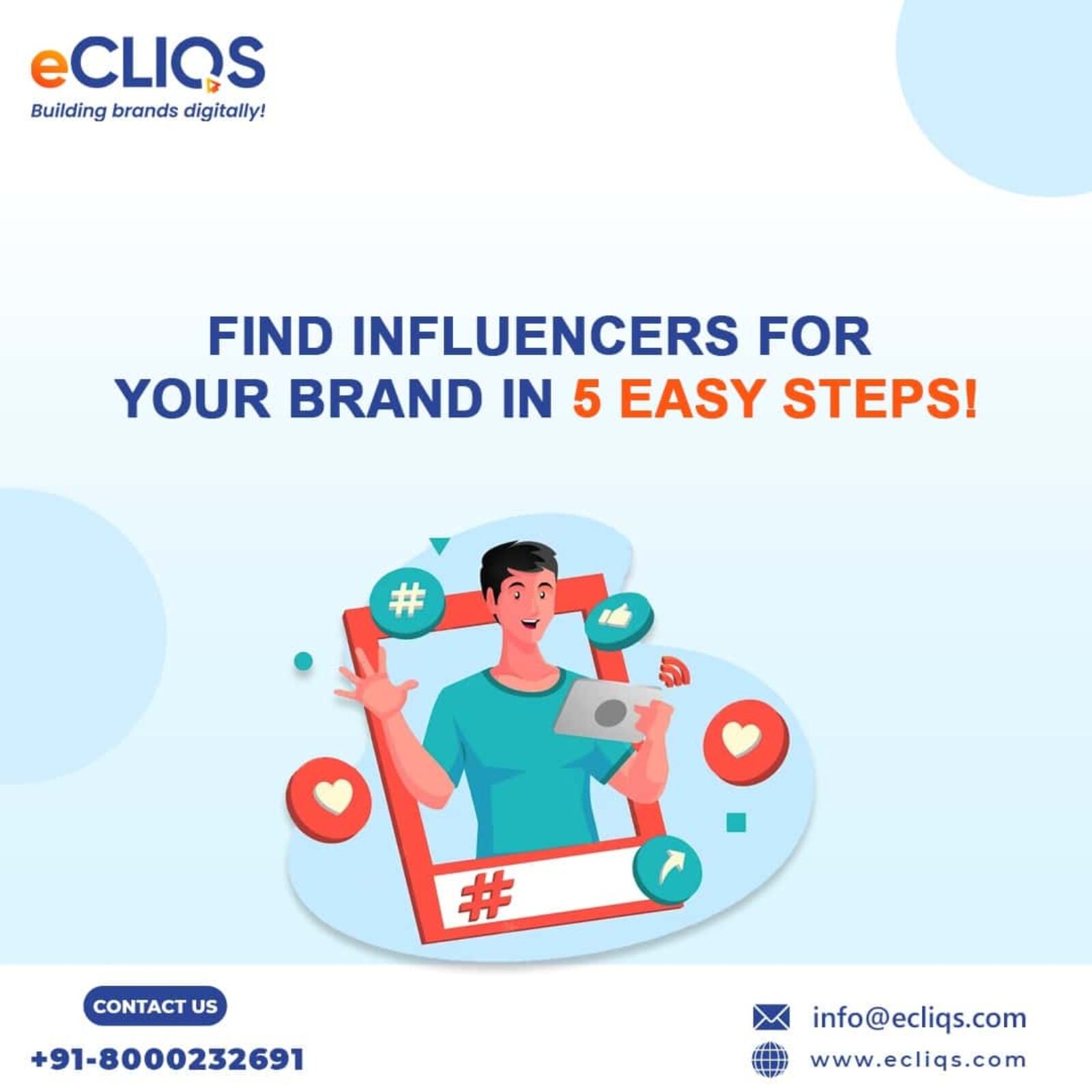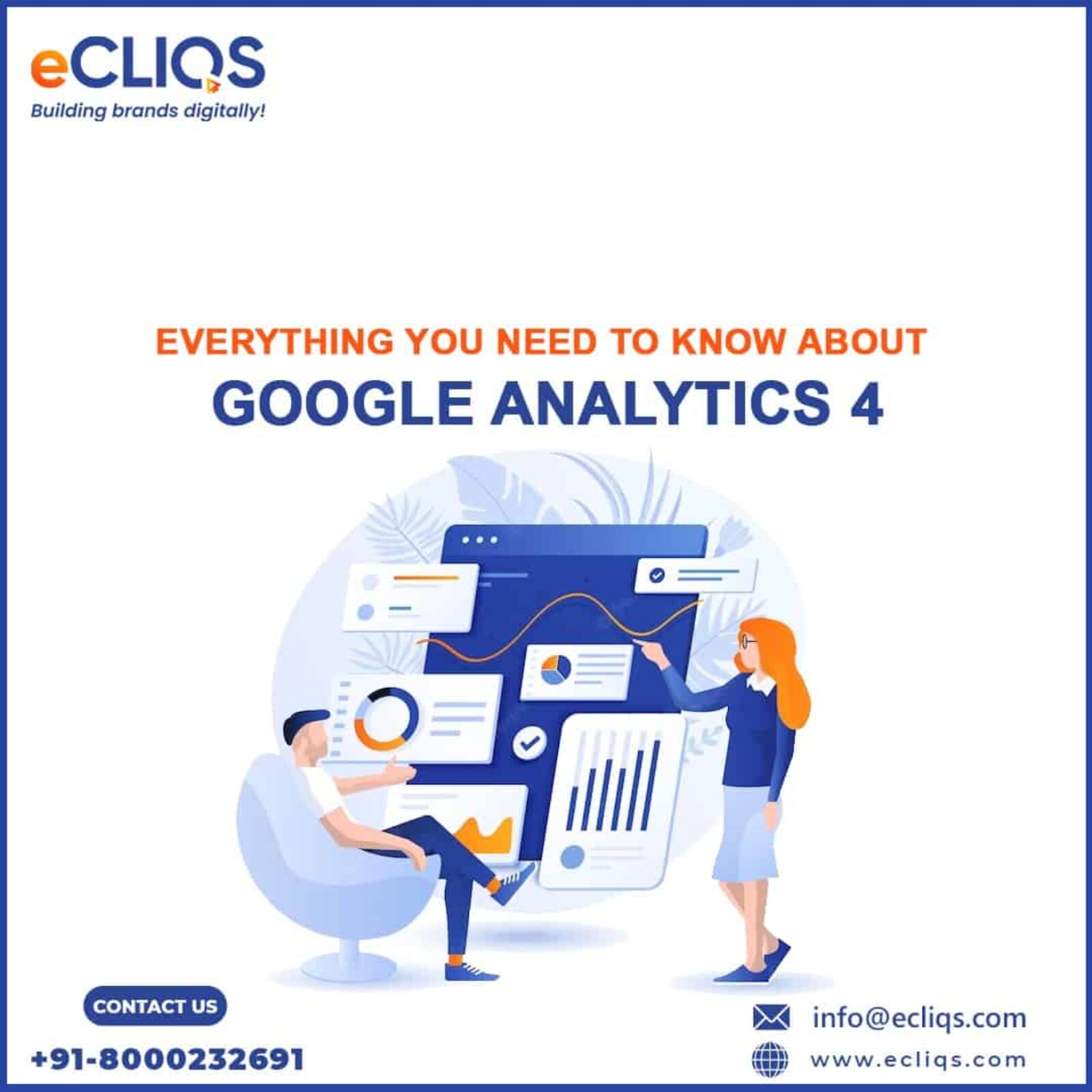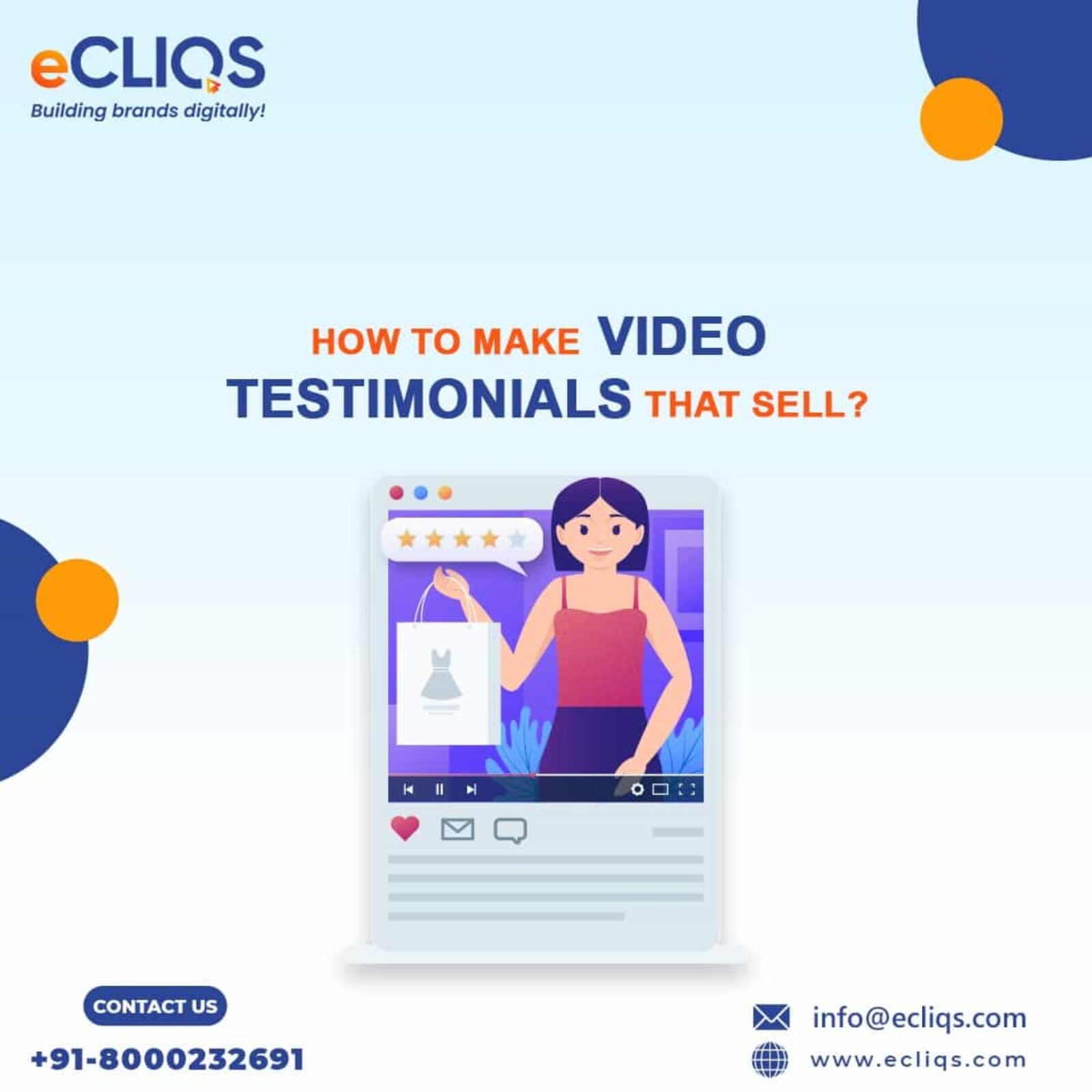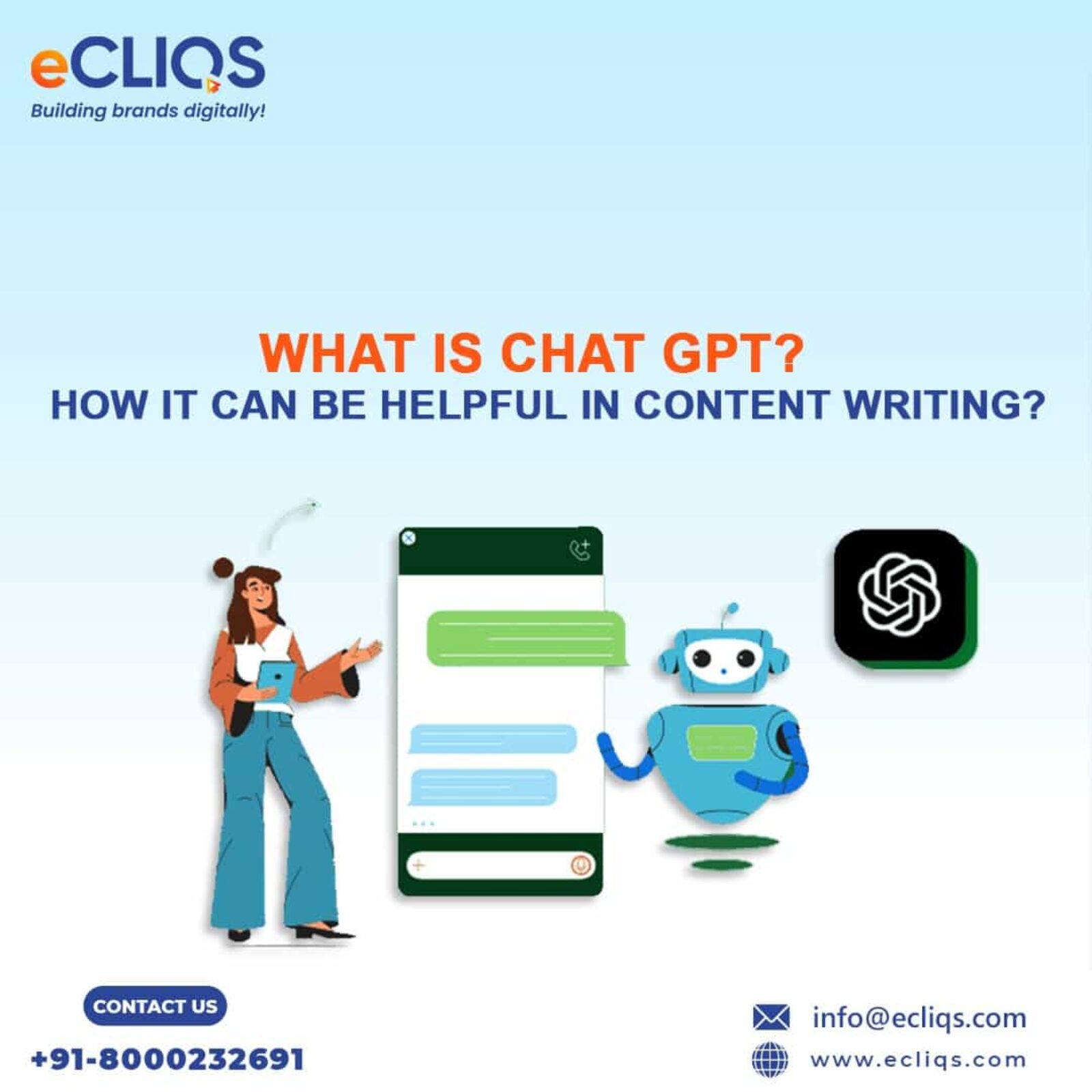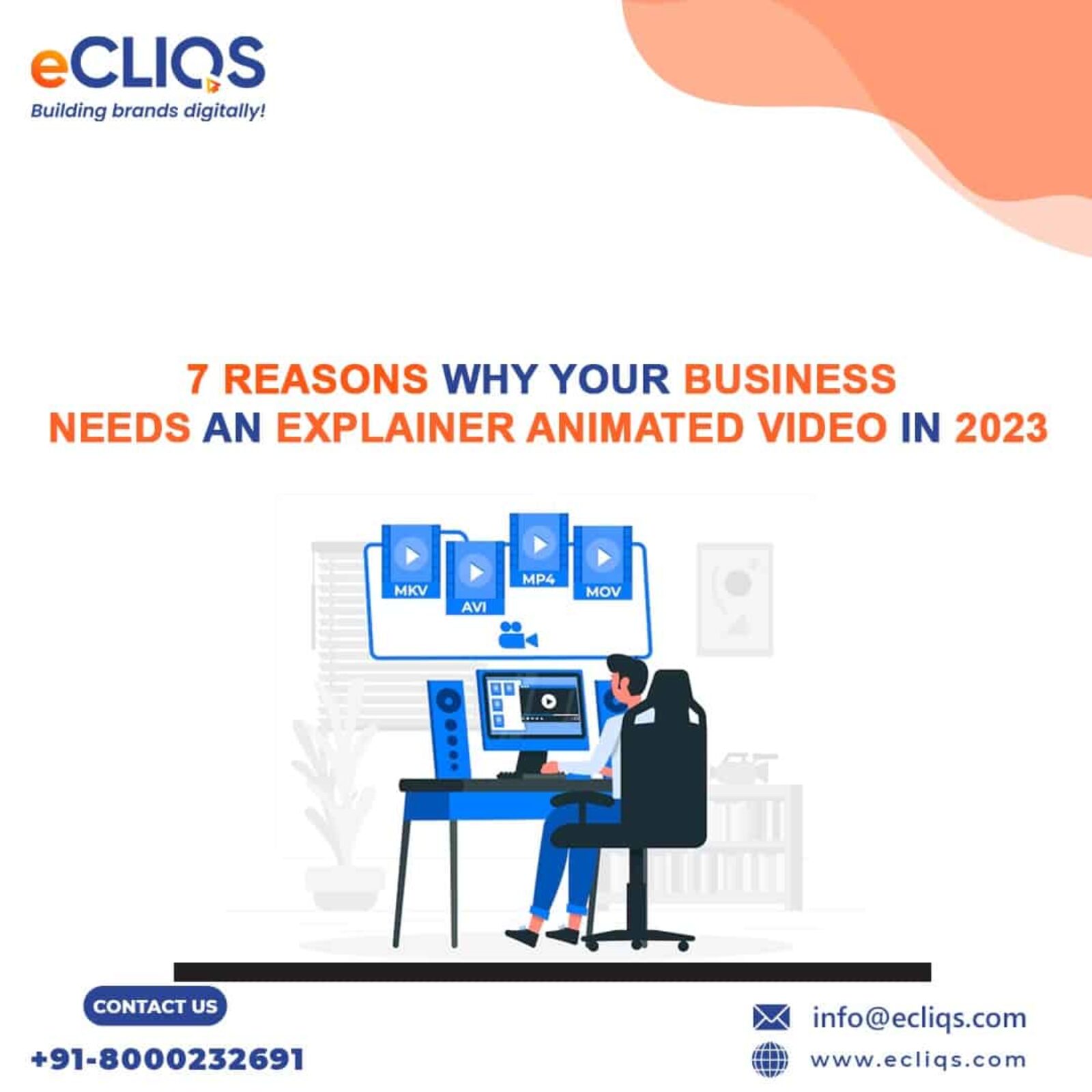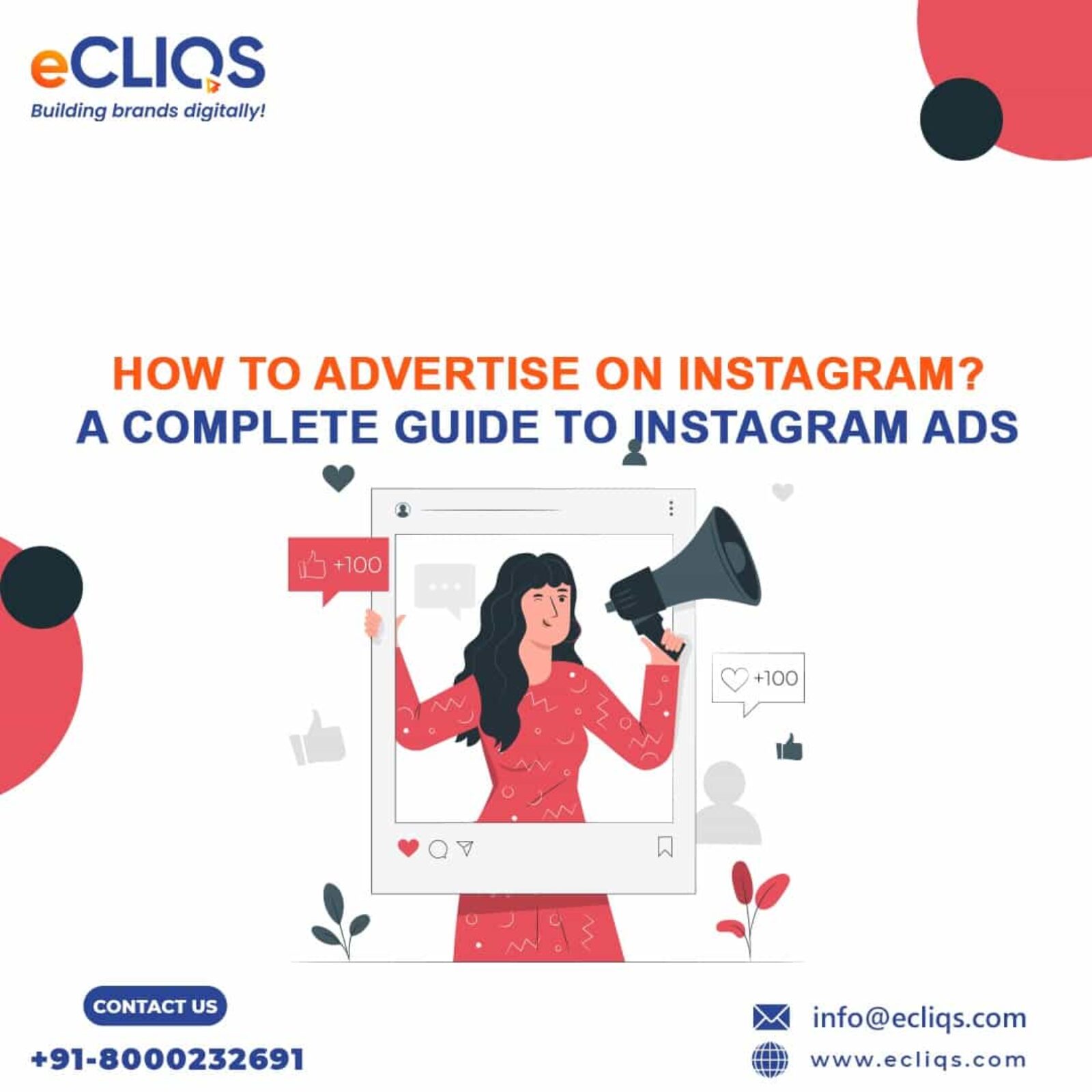Whatsapp Marketing – Why it must be a part of your overall marketing strategy and what are the right steps to execute it?
In today’s ever-changing digital world, reaching your target audience and building a strong connection can be challenging. Many Digital Marketing Agencies focus on traditional social media platforms, but there’s a hidden gem that can be a game-changer for...
SEO- E-A-T and SEO: How Expertise, Authoritativeness, and Trust Impact SEO
Most of us read blogs and other online content daily. We almost trust the majority of it, while the rest is questioned for legitimacy till we move on. We confront this dilemma every day, where we are unsure whether the stuff on the internet is real or not. This is where...
What are Doodle Videos? Are they useful?
What is a doodle video?
Do you remember when you were a youngster, bored during a long arithmetic class, and you would draw goofy little pictures in the back of your textbook? These are (basically) doodles. Imagine if the essence of something could be captured and brought...
6 Abandoned Cart Recovery Strategies to Generate Sales
A shopper visits your website and begins browsing your product catalog. Then they begin adding products to their shopping cart. So far, so good. However, instead of finishing the checkout procedure, they leave your website without making a purchase. That translates to no...
Find Influencers For Your Brand in 5 Easy Steps!
On Instagram, TikTok, and YouTube, there are presently between 3.2 million and 37.8 million worldwide influencers. locating the perfect influencers for your company might feel like looking for a needle in a haystack, which is why a recent survey identified locating...
Everything You Need to Know About Google Analytics 4 (GA4)
What is Google Analytics 4 (GA4) ?Google Analytics 4 (GA4) is the newest version of Google’s web analytics platform announced in October 2020. Formerly known as App and Web properties, GA4 marks a significant step forward for Google Analytics. It introduces several new...
How to make Video testimonials that Sell?
A great testimonial video might be the difference between a successful and unsuccessful product or service.As the name implies, a testimonial video is a film of a client(s) providing favorable feedback about your company, product, or service.Because video is more interesting...
What is ChatGPT and How is it Helpful Content Writing?
The modern web requires more than just SEO-friendly writing. It’s also about catering to your audience’s preferences in a way that encourages them to take in what you have to say.Without spending hours crafting new material from scratch, we’ll go over how to...
7 Reasons Why Your Business Needs Explainer Animated Video in 2023
In today’s fast-paced world, businesses need to keep up with the latest marketing strategies to stay ahead of their competition. One of the most effective ways to engage with your audience and convey your message is through explainer animated videos. These videos have...
How to Advertise on Instagram – A Complete Guide to Instagram Ads
Instagram ads are a great way to boost your reach and engagement on the platform.There are 2 billion monthly active Instagram users, and the average user spends 53 minutes per day scrolling. With that kind of engagement, Instagram ads can help you significantly broaden your...

